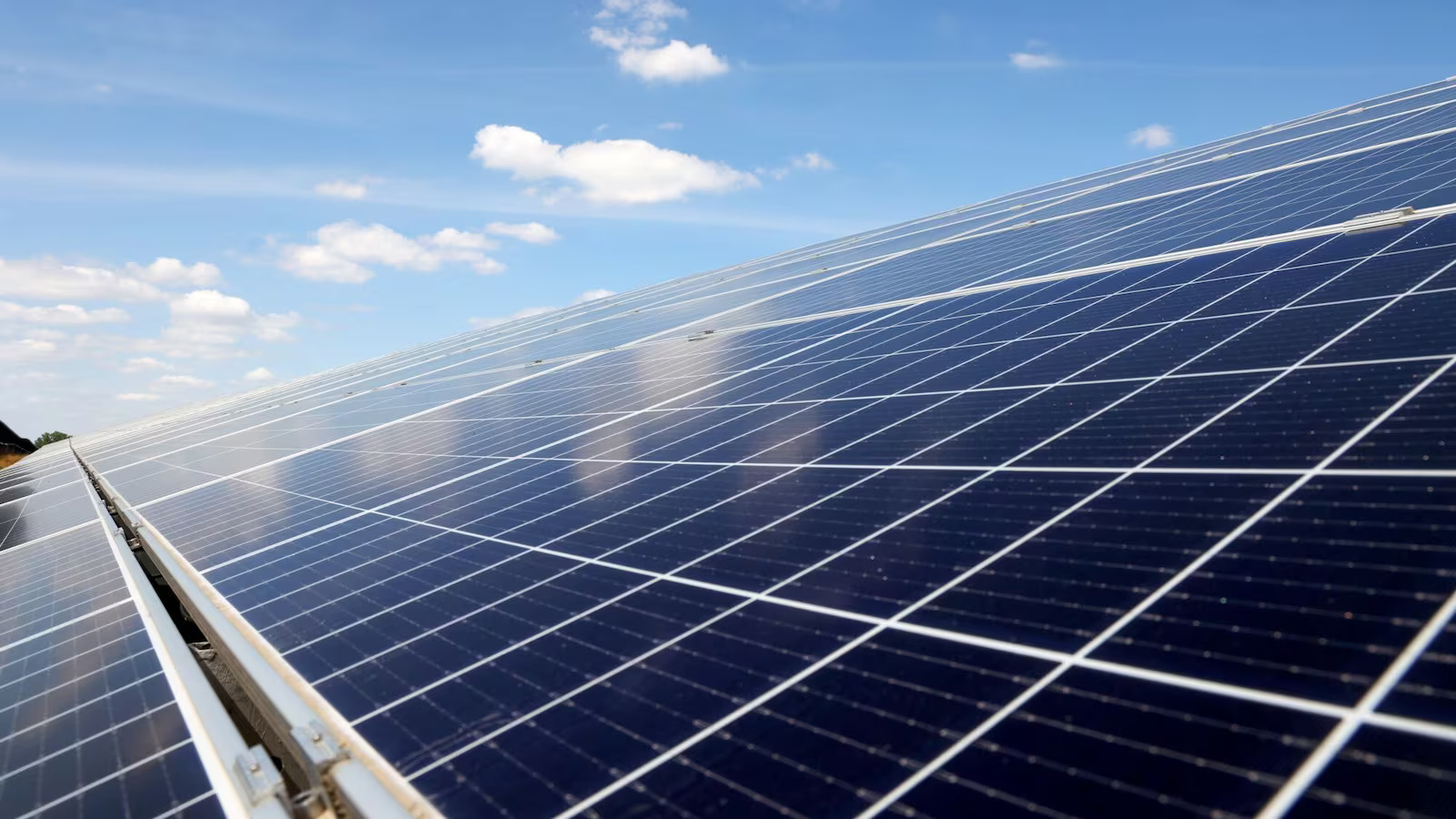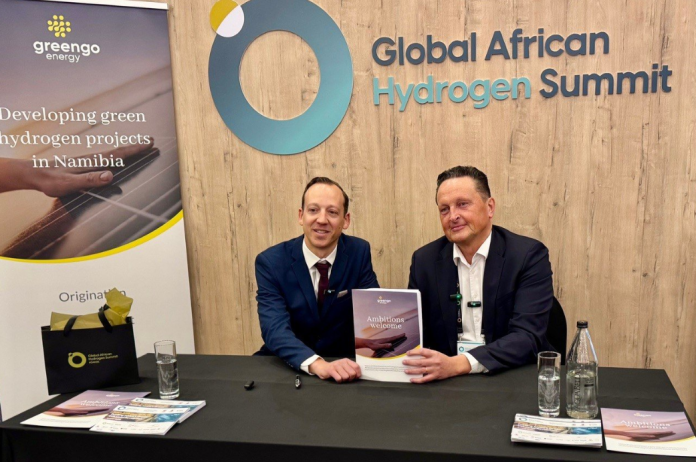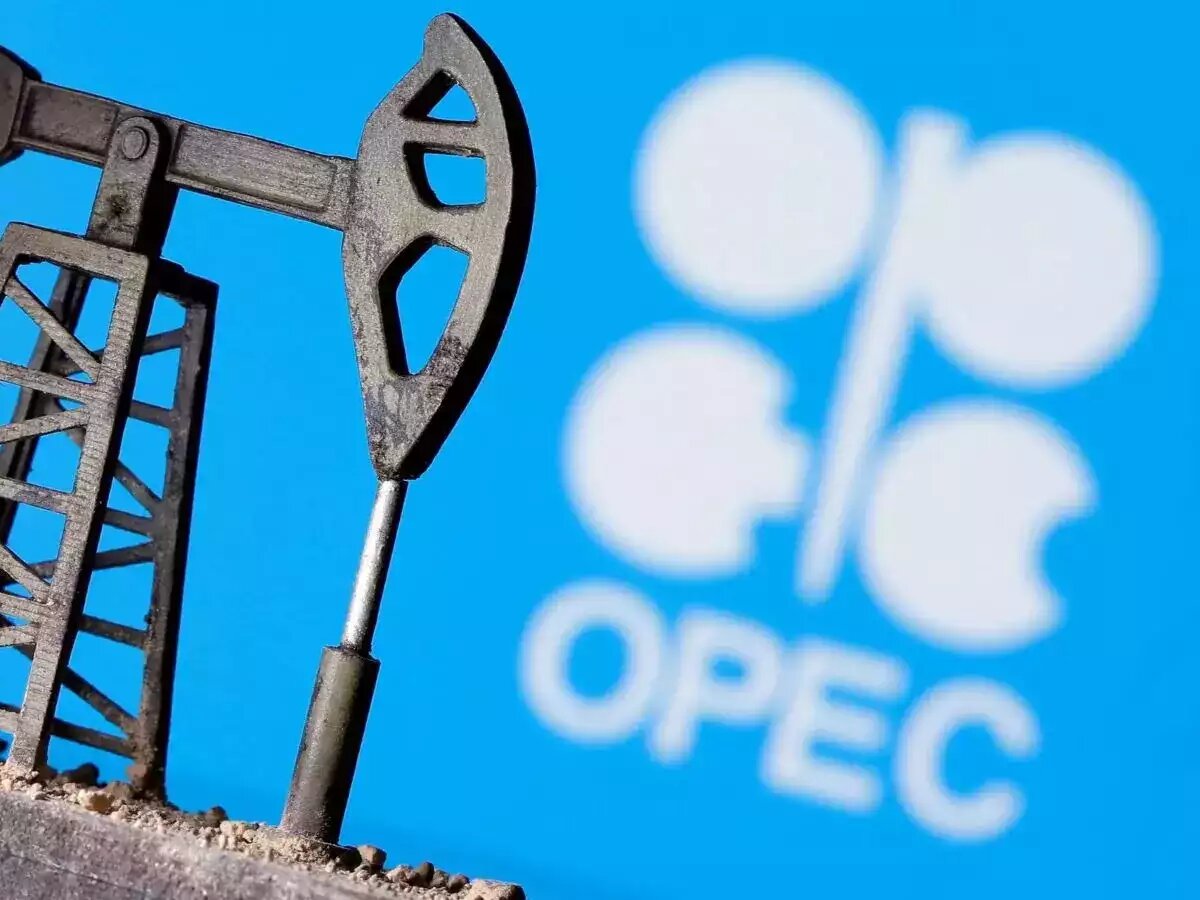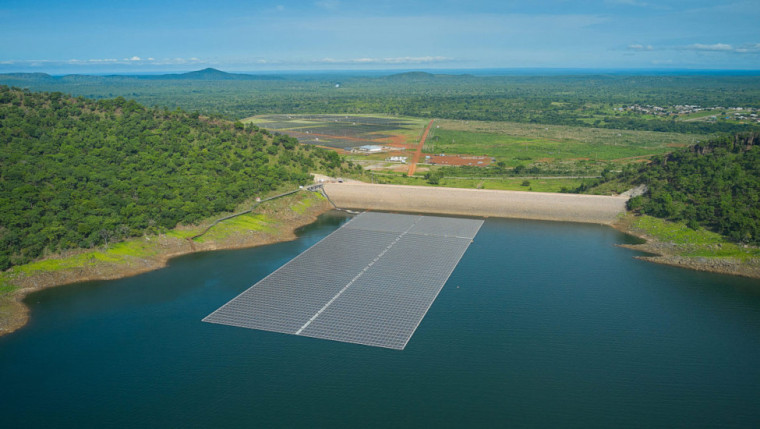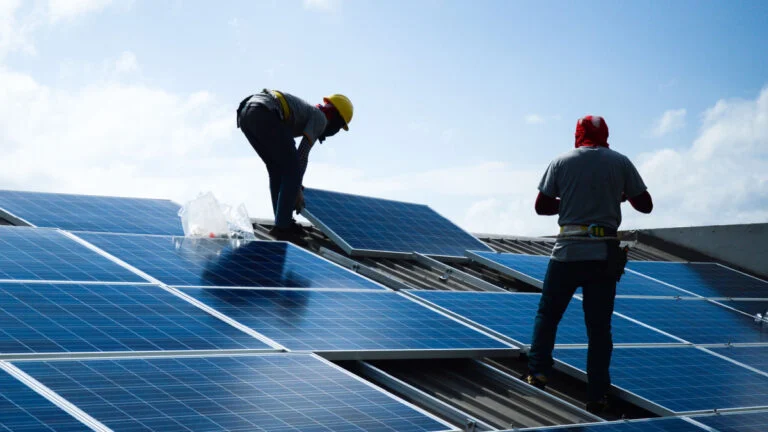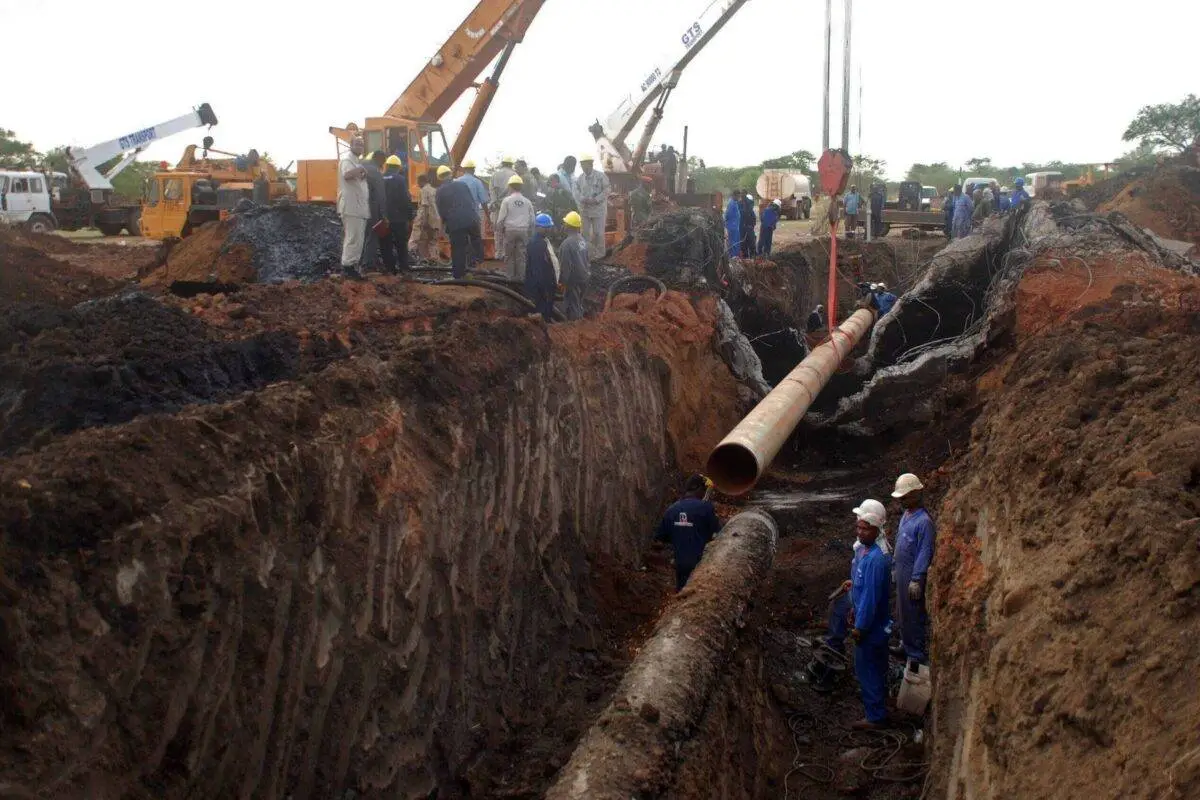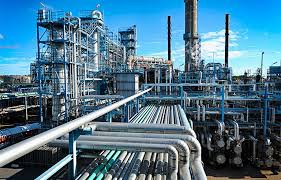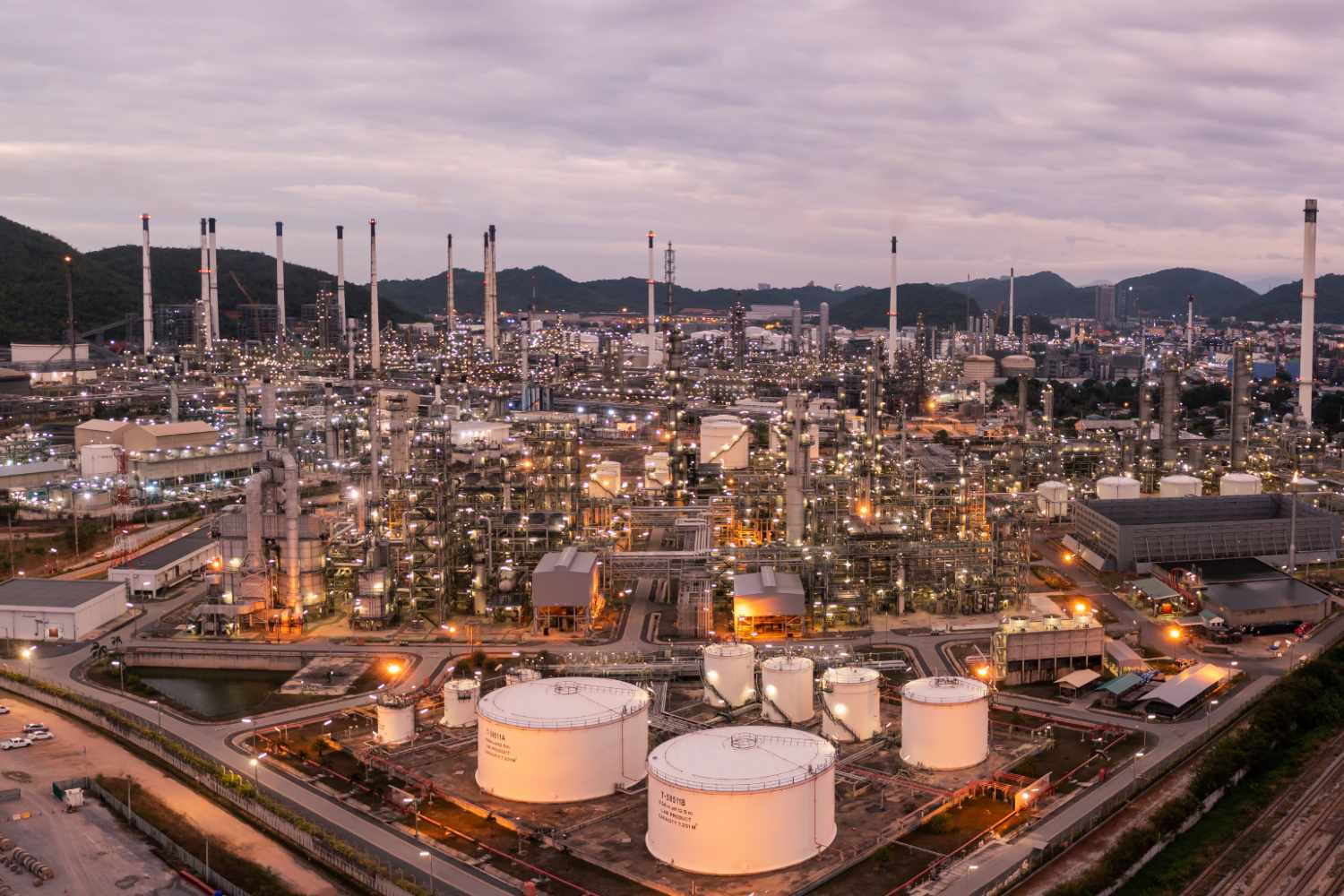Generation

Africa’s Renewable Energy Boom: A Green Revolution Built on Imports
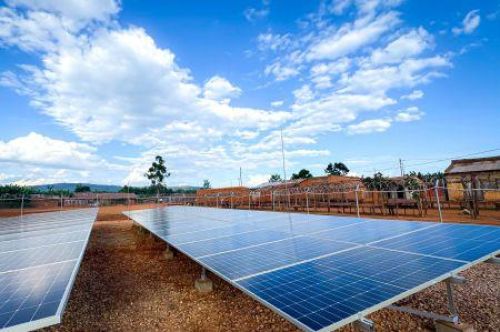
Africa is increasingly turning to renewable energy to meet its power needs. In 2024, the continent surpassed 70 GW of installed capacity, according to the International Renewable Energy Agency (IRENA). However, this growth relies on imported equipment. The continent is entirely dependent on foreign suppliers for its solar panels, batteries, wind turbines, and other critical components.
In an effort to trace the origins of these technologies, Ecofin Agency has focused its reporting on the key suppliers to the African market. The report breaks down the supply chains for four critical technologies: solar photovoltaics, wind power, battery storage, and inverters. According to a 2024 report by GreenCape, a South African non-profit organization that acts as a catalyst for green economy development in Africa, these categories of components are by far the most imported for major renewable energy projects, whether they are grid-connected or designed for standalone systems.
China Dominates the Photovoltaic Solar Market
Solar is now the leading source of renewable energy deployed in Africa, but this growth is based on a completely imported technology. In 2023, between 85% and 90% of the photovoltaic modules installed in Africa came from China, according to IRENA's "Renewable Power Generation Costs in 2024" report.
Manufacturers such as LONGi, JA Solar, Trina Solar and Jinko Solar dominate the market, driven by massive industrial capacity and highly competitive prices. While headquartered in Canada, Canadian Solar largely produces in China and is regularly among the top five global exporters.
Most of the modules delivered to the continent are N-type TOPCon, a technology with higher performance in hot conditions, which is widely produced by these five Chinese manufacturers. Africa manufactures neither wafers, nor cells, nor complete modules. Only a few assembly units exist, notably in South Africa.
India, however, is gaining ground in countries like Kenya and Uganda by supplying solar equipment for domestic or rural use. The European Union's commercial presence has shrunk significantly, falling to less than 5% globally, according to the International Energy Agency's (IEA) 2023 "Solar PV Global Supply Chains" report. This trend is also reflected in the African market, where its distribution is now marginal.
European Dominance and Chinese Breakthrough in the Wind Market
Unlike the photovoltaic solar market, Africa's wind power market is dominated by European manufacturers. In 2024, according to Wood Mackenzie and the Global Wind Energy Council, European manufacturers remained in the majority in wind installations outside of China. Companies like Vestas have installed over 10 GW in international markets, followed by Siemens Gamesa and Nordex.
In Africa, where detailed data is less available, these three players are nonetheless positioned as the dominant suppliers for major wind farms in North Africa (Morocco, Egypt) and South Africa, according to several recent project reports published between 2022 and 2024.
However, China is gaining ground. According to IRENA, manufacturers like Goldwind and Mingyang have delivered several recent projects to Kenya and Egypt, supported by Chinese financing. Apart from a few mast or foundation assembly operations in South Africa, the major components, including blades, nacelles, generators and converters, remain entirely imported.
Energy Storage: A Market Controlled by China and Korea
In 2024, Asian companies supplied over 95% of the storage systems deployed on the continent. Contemporary Amperex Technology Co. Limited (CATL) dominates the market with an estimated 45% share, followed by LG Energy Solution (25%), and BYD (15%). Samsung SDI and Panasonic share almost all of the remainder.
These batteries are integrated by companies like Bboxx, d.light and PowerGen into projects ranging from mini-grids to household installations. The sharp decline in costs, estimated at $192/kWh in 2024 by IRENA, is spurring their adoption but has not yet led to the emergence of a local industrial base. While battery storage has become a strategic link for stabilizing solar, hybrid and off-grid systems, no lithium-ion batteries are produced locally in Africa. Critical components are entirely imported.
Inverters: A Market Technically Dominated by China
The inverter, which converts the direct current from solar panels into alternating current, is an essential component. In Africa, this market is entirely dependent on imports, with a clear dominance of Asian suppliers.
Huawei and Sungrow, two Chinese manufacturers, together account for about 55% of the global market, with Huawei holding 29% and Sungrow 26%, according to Wood Mackenzie. While these figures are global, they reflect their lead in emerging markets, particularly in Africa, where their inverters are massively deployed in large solar projects.
Growatt, also a Chinese company, is making progress in the residential and off-grid segments, especially for home solar kits.
European manufacturers, notably Germany's SMA and Austria's Fronius, have seen their global market share drop to 5% to 7%, and their African presence is now marginal, limited to co-financed projects or those with high technical requirements. To date, no industrial-scale inverter assembly unit is operational in Africa. Critical components such as power electronics, control software and converters are systematically imported. This technological bottleneck is hindering the development of local capacity and extending the continent's dependency.
The Stakes of a Local Technological Base in Africa
As the continent seeks to secure access to energy in a context where 600 million people still lack it, mastering technology is becoming a key issue. Without efforts to develop a local industrial base, Africa will remain dependent on equipment, just as it has historically been on refined hydrocarbons.
For over a decade, IRENA has been warning about the need for an African industrial fabric in the renewable sector. As early as 2011, it recommended focusing on the local manufacturing of solar and wind components to reduce costs, create jobs and improve the balance of trade. In its recent work, particularly with RES4Africa (Renewable Energy Solutions for Africa), the agency advocates for local content policies to reap lasting benefits from the energy transition.




